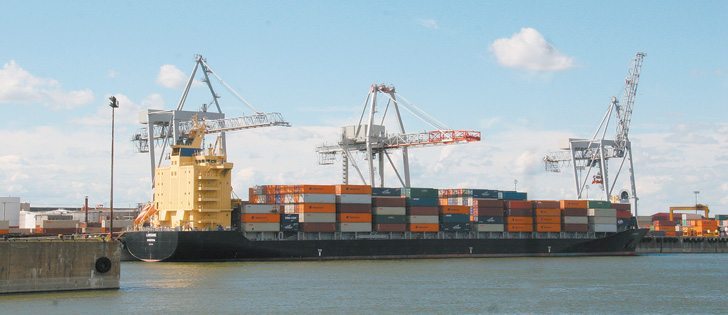It’s healthy, it’s beautiful and it’s reasonably easy to grow.
Still, the omega 6 laden, blue flowered, low-input flax crop of Western Canada is likely to be the smallest in recent history.
Current prices are lower per bushel than for canola, and sales remain constrained after the genetically modified Triffid variety was found in a Canadian shipment to Europe.
Therefore, at least one flax industry watcher believes flax acres could go as low as 500,000 in the 2012-13 crop year, unless prices rise.
Read Also

High prices see cow-calf producers rushing to incorporate
Farm accountants are reporting a steady stream of cow-calf producers rushing to get their operations incorporated ahead of selling their calves this fall.
Larry Weber of Weber Commodities said one solution to the declining fortunes of prairie flax is building greater crushing capacity. At present, there are only two small crushers, one each in Manitoba and Saskatchewan.
“This would be one of the best investments we could make in Western Canada,” said Weber at Crop Production Week in Saskatoon.
Most of the prairie flax crop is shipped for crushing to China with the resulting products sent to Europe. Crushing margins are as high as $226 per tonne. Why, Weber asked, are Canadian producers and processors allowing others to take those margins?
It’s a good question. There are likely good reasons why more crushing facilities have not been built, and the flax industry would do well to investigate the roadblocks.
One of those roadblocks is that there is no significant domestic demand for flax, beyond the small human food market. It was when the canola industry began selling meal to dairies in the U.S. Pacific Northwest that Canadian crushing really took off.
Flax needs a similar kick, and that would likely come from increased meal sales to poultry and egg producers. Omega 6 laden eggs are becoming popular on grocery store shelves.
However, the interest in flax seems to be flagging. The Triffid fiasco certainly did its part in dragging down acreage. Yet flax as a major crop is worth saving, or even developing.
Flax is an excellent crop to use in rotation. It requires few inputs, and is extremely hardy. Many farmers leave the flax for last, sometimes successfully harvesting it into the winter.
In addition, there are good reasons for humans to eat flax, to gain the benefits of omega 3 and omega 6 fatty acids.
By far the majority of bushels still go into industrial products. Perhaps the human food and nutraceutical market could be expanded through increased marketing.
Weber may well be correct that a large local crusher would go a long way toward improving the flax market for farmers.
And there may be new niche opportunities, such as the Saskatoon company making IPhone cases from flax fibre. That being said, a linoleum plant would be the best opportunity for flax growers.
But there is no quick fix for flax.
Unfortunately, the Saskatchewan Flax Development Commission is in serious financial trouble due to reductions in check-off funds — again, because of Triffid. It posted a $158,000 deficit for the year ended July 31, 2011, and at present is not funding new research projects.
Flax must also compete with more profitable crops, and it’s hard to blame farmers for growing canola instead.
This year, too, the once-soggy acres of southeastern Saskatchewan — where 82 percent of the province’s flax is grown — has had no meaningful precipitation for several weeks. There are concerns that the area will be dry this year.
Yet flax as a rotational crop should be promoted and saved. Flax must first move beyond Triffid, be promoted to industry and consumers for its benefits, and then, perhaps, be crushed in Western Canada.
It has too many agronomic and healthy properties to be ignored.














